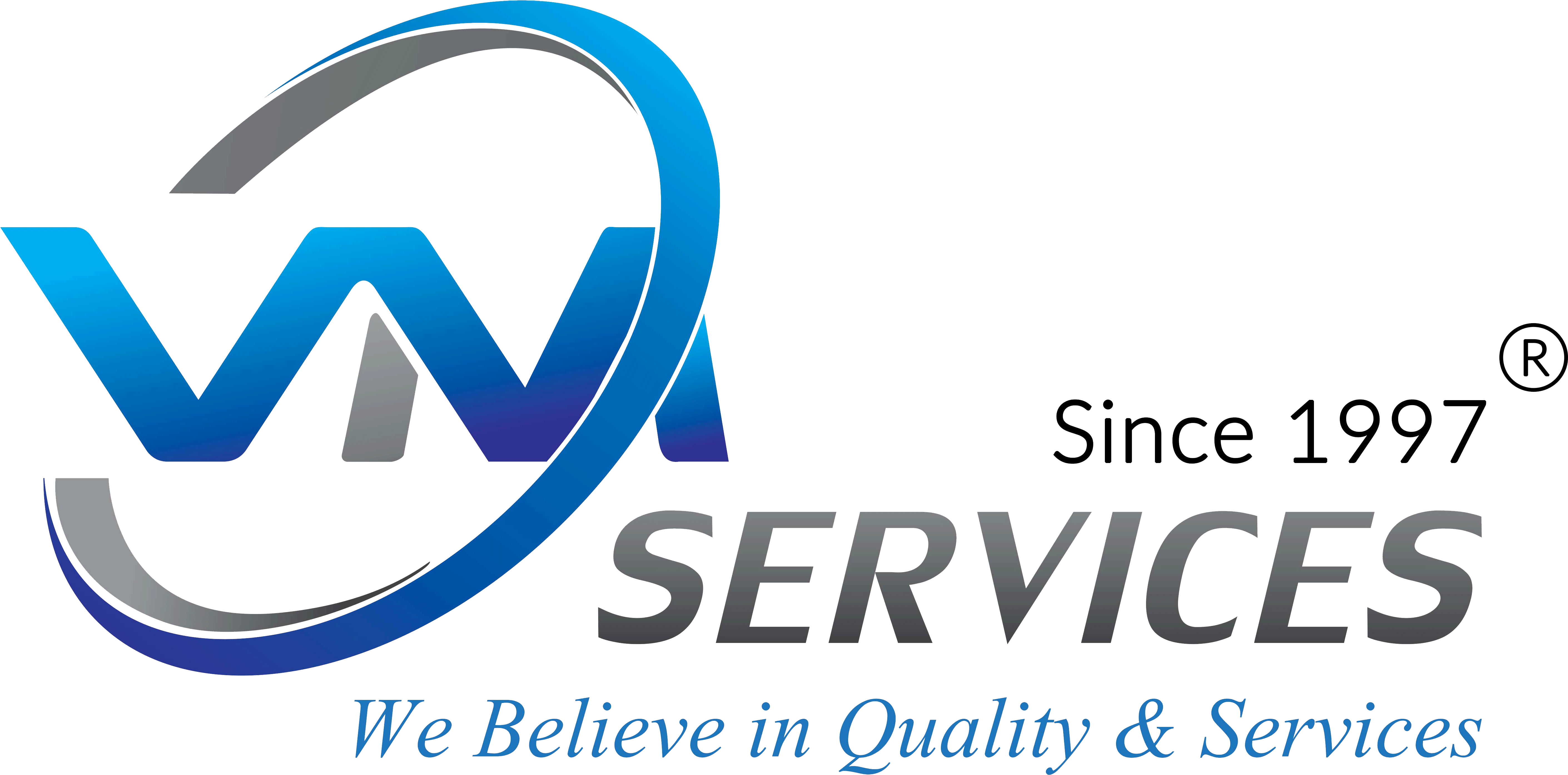Content
Get full control over your team’s delivery pipelines, plugins and access control with no central CI/CD server to manage. As with most automation strategies, CI/CD relies on tools to achieve optimal workflows. Below is a selection of tools purpose-built to orchestrate CI/CD pipelines. CI works to address this issue by frequently CI CD pipeline merging changes in a shared branch, sometimes referred to as a trunk branch. CI/CD reduces the MTTR because the code changes are smaller and fault isolations are easier to detect. One of the most important business risk assurances is to keep failures to a minimum and quickly recover from any failures that do happen.
- No DevOps team uses all best practices on day one, and no team is 100% efficient on any single component of their pipeline.
- Jenkins gets the new code and carries out the automated build and testing.
- In today’s post, I’ll introduce these concepts, show you how to get it right, and identify what’s important.
- As such, you need to put more wood behind fewer arrows for areas that give you the best bang for your buck.
- Continuous integration has its origins in XP and aims to minimize merge conflicts and speed up integration of code changes with a “little and often” approach.
Even Atlassian itself recommends having a third-party Bitbucket backup software in place. The CI/CD pipeline is one of the best practices that may be used to deploy code changes more often and in a reliable way. A pipe is based on a script that is located in a Docker and contains the commands you previously specified in your YAML, as well as a few more. CI/CD simply means Continuous Integration and Continuous Delivery/Continuous Deployment. When a release to another environment like test or production happens, steps 1–4 won’t need to be run again. Lastly, let me try to assemble all of the concepts I’ve discussed in this post with a traditional but straightforward workflow for a CI/CD pipeline using a Microsoft stack.
Testing the build
Try a free instance of the Plutora Release Management QuickStart and quickly get access to powerful tools to standardize and streamline your workflows. In other words, when you enforce standard CI/CD practices with a proper CI/CD pipeline, you meet 25% of the items on the Joel Test. Jez Humble created a testthat can help you know if your team is CI/CD-ready.

Over time, your product will be refined thanks to the constant review from the team, resulting in a more satisfying user experience. The surge of CI/CD trends over the past two years is prominent in the software product industry. For instance, the keyword receives an increasing interest by global users in Google Trends in 2021 and is projected to continue to rise in the upcoming years.
Faster Mean Time To Resolution (MTTR)
No DevOps team uses all best practices on day one, and no team is 100% efficient on any single component of their pipeline. And today’s best practices give way to tomorrow’s as you refine your skills. Remember that your developers are software development experts and not necessarily DevOps experts, so they may be hesitant to adopt CI/CD at first.
Different teams have different approaches to achieve this goal but struggle to implement it from technical, cultural, and political perspectives. This guide summarizes some of the best practices for defining, building, and maintaining CI/CD pipelines to meet modern software development needs. As with all DevOps methods, it requires strong collaboration between development, QA, and operations teams . Teams often struggle with the fact that dev, QA, and ops are pursuing seemingly contradictory goals.
Developers stay productive and efficient because they don’t have to spend too much time debugging, and operations can rest assured that code is well prepared for release. The handoff from one team to another is automated and less painful. For best results, it’s important to make sure everyone is clear on who owns which part of the pipeline as well as the overall process. One technical advantage of continuous integration and continuous delivery is that it allows you to integrate small pieces of code at one time. These code changes are simpler and easier to handle than huge chunks of code and as such, have fewer issues that may need to be repaired at a later date. Continuous delivery is only effective when CI is also implemented.
Components of a CI/CD Pipeline
At Toyota,Jidoka, or “automation with a human touch,” is the philosophy used for automation. All repeated manual labor that humans or engineers do all the time in every deployment should be automated. Humans following a recipe by memory or reading an instruction manual will fail when they’re under pressure.

CI/CD, which stands forcontinuous integration and continuous delivery , creates a faster and more precise way of combining the work of different people into one cohesive product. A continuous integration and continuous deployment (CI/CD) pipeline is a series of steps that must be performed in order to deliver a new version of software. CI/CD pipelines are a practice focused on improving software delivery throughout the software development life cycle via automation.
However, frequent releases are possible only if the code is developed in a continuously moving system. Jenkins is an automated CI server written in Java and used for automating CI/CD steps and reporting. Other open-source tools for integration include Travis CI and CircleCI. As mentioned above, the need for CI/CD infrastructure to operate and scale accordingly to the growing pace of the product team is high. When the number of teams and projects increases or the workflow changes, the pipeline should stay reliable and resourceful to support the increased workload.
The CI/CD Pipeline Makes Your Team More Attractive to Developers
You can follow our 5-step guide to set the whole thing up on AWS. Note that in this tutorial we are also using the Charmed Operator Framework, with which you can follow the same steps to implement the same setup on any cloud. If you want to follow along, we also have a YouTube tutorial.
By integrating test automation into the pipeline, teams can enable faster builds and deployment by continuously generating feedback based on test results. Ideally, automated tests should be applied to as many test phases and as iteratively as possible. The automation test phase will perform the final tests to qualify the built features before they are deployed to production.
This will eventually result in much higher customer satisfaction. Get a streamlined user experience through the Red Hat OpenShift console developer perspective, command-line interfaces, and integrated development environments. Continuous deployment also enables simpler updates where small changes are released incrementally versus in one large batch, aligning with the agile methodology. The lower complexity of these updates means a lower risk of defects and issues. In agile methodology, developers are working together to divide the workload and create features faster.
Google, Facebook, Spotify, and Netflix are just a few big names leveraging the benefits of CI/CD. Because it revolutionizes work and speeds up deliverable quality. That way security risks are detected early, when they are less costly to fix. When large pieces of a code base change at a time it puts an application’s quality at higher risk. This is because there is more likely a chance that something will break the larger the change – and troubleshooting is harder the larger the change.
Start immediately with our free Release Management Trial QuickStart
The goal of any software development process is not (or at least shouldn’t be) the perfect adoption and execution of the process itself. The aim is usually to deliver value to users by meeting a need or solving a problem, ideally in a way that delights them so that they’ll choose your product over the competition’s. Many organizations, from small start-ups to huge multinationals, have taken an agile, iterative approach to developing software precisely because it helps them deliver value to users more quickly. By using these short iterations effectively, you can deliver a valuable product to your users. DevOps is a concept that combines development and operations to describe a collaborative approach to the tasks done during the software delivery process.
CI/CD Benefits: Advantages of Continuous Integration & Delivery
Overall, CI/CD brought a myriad of benefits to both software developers and users. You can refer to this blog to explore more benefits of CI/CD. Traditional CI/CD systems are designed for pipelines that use virtual machines, but cloud-nativeapplication development brings advantages to CI/CD pipelines. The CI/CD approach was created to solve this problem and streamline development. Let’s take a look at what this approach is, why it’s important, and what tools you can use to implement it. MTTR measures the maintainability of repairable features and sets the average time to repair a broken feature.
What is Continuous Integration?
A great way to ensure maintenance doesn’t affect the entire system is to create microservices in your code architecture so that only one area of the system is taken down at one time. CI and CD are two DevOps best practices as they tackle the misalignment between developers and operational team. CI/CD provides many benefits to both software developers and users, allowing everyone to thrive in our fast-moving digital economy. In addition to the purpose-built CI/CD tools listed here, any tool that powers a DevOps pipeline will likely make up part of the CI/CD workflow. For example, a version control system like Git will be needed to track developers’ changes and maintain branches for merging edits during the CI phase. CI/CD automates the process of integrating, releasing, and deploying software while removing traditional roadblocks.
What is Compliance Testing in Software Testing
A CI/CD pipeline is the process pathway to deploy the units that are production-ready. It bridges the gap between the developers and operation teams by automating the build, test, and deployment phases. Software development teams are increasingly aiming to grasp customers’ demands for faster release cycles and enhanced software quality. This has winded up to implementing a CI/CD pipeline as a solution to streamline their process. With a monolithic architecture, if something goes wrong in production, the usual response is to roll the changes back. While this is also an option with microservices, having a fast, dependable deployment process means it’s also possible to get a fix out quickly and roll forward.
